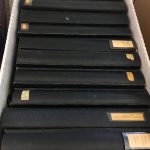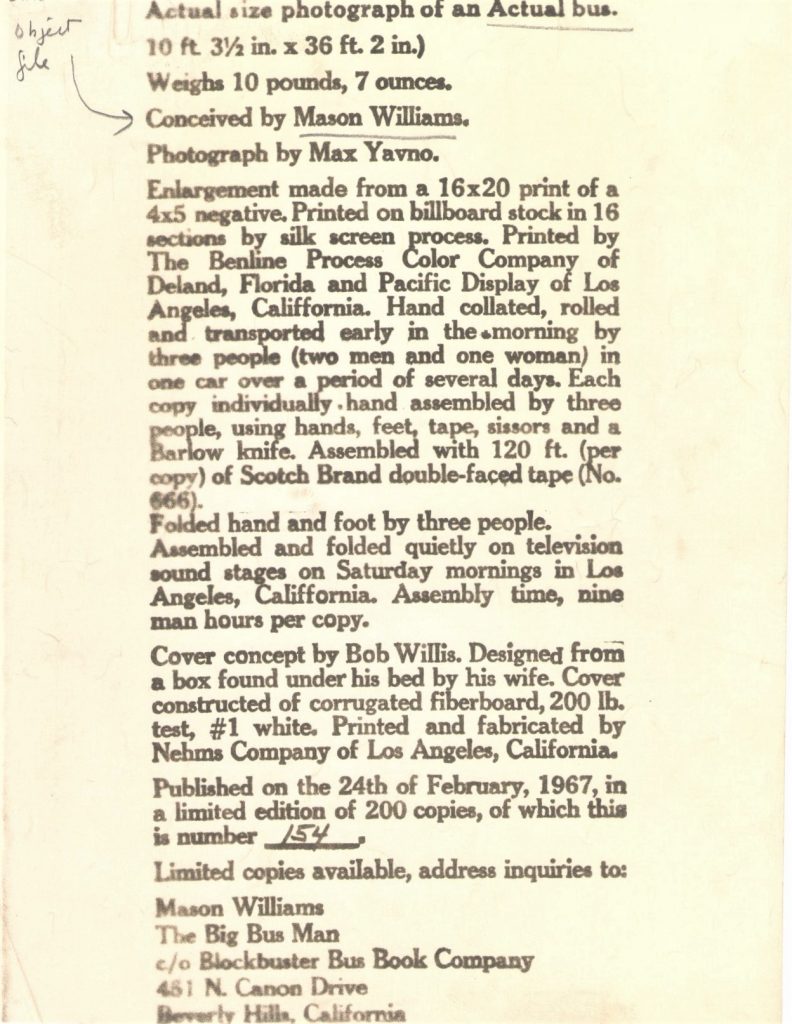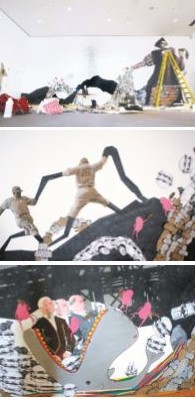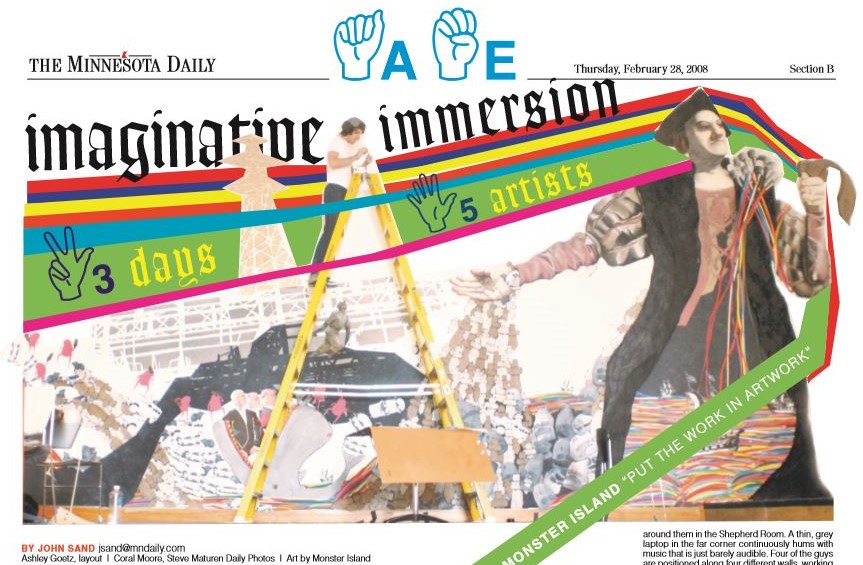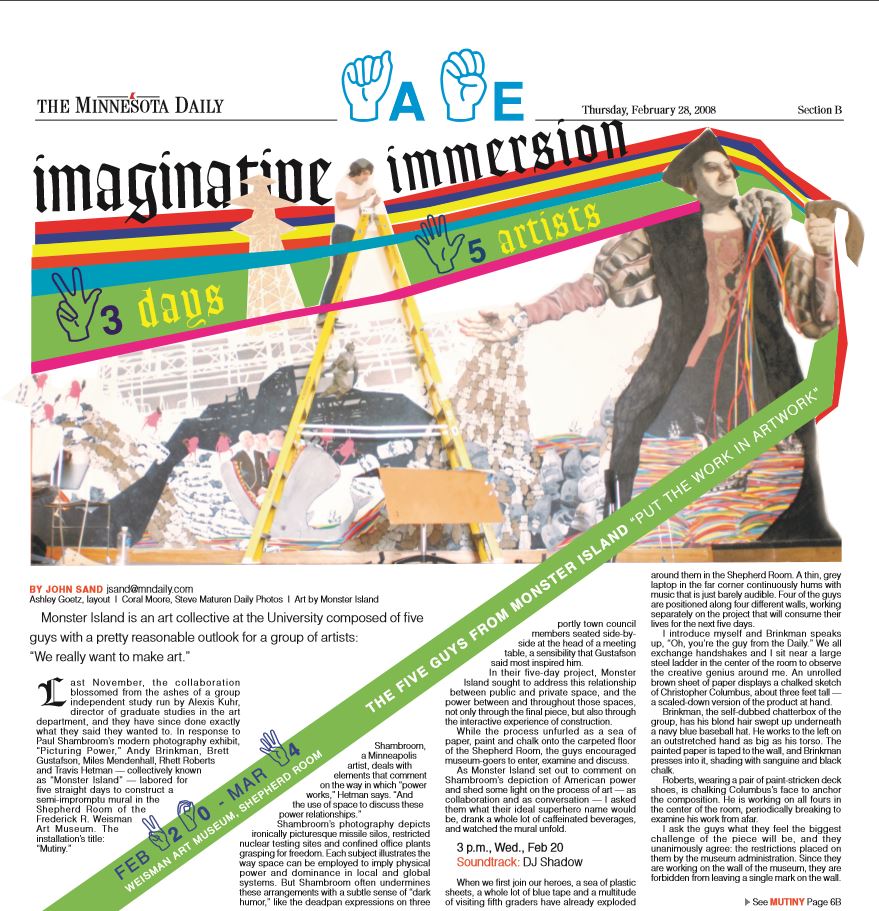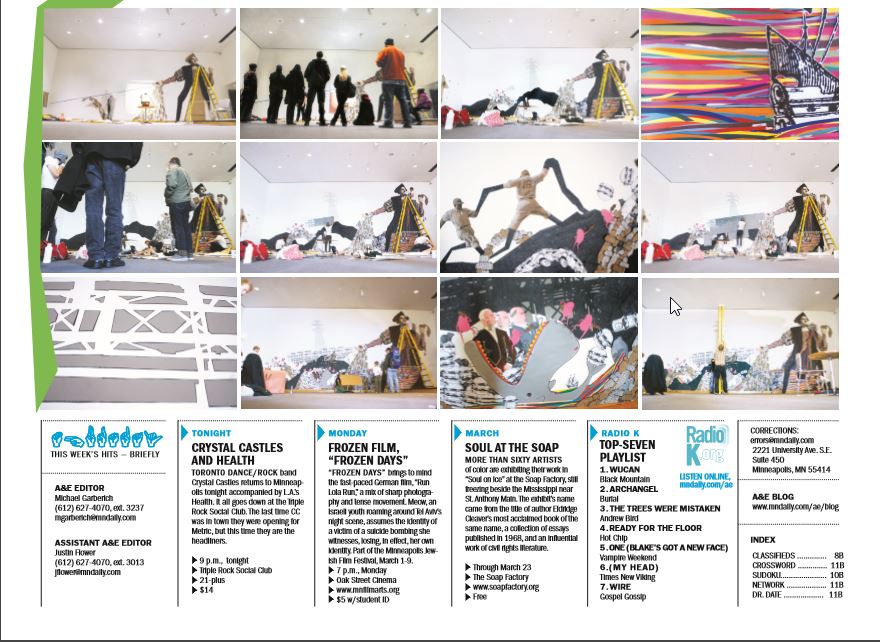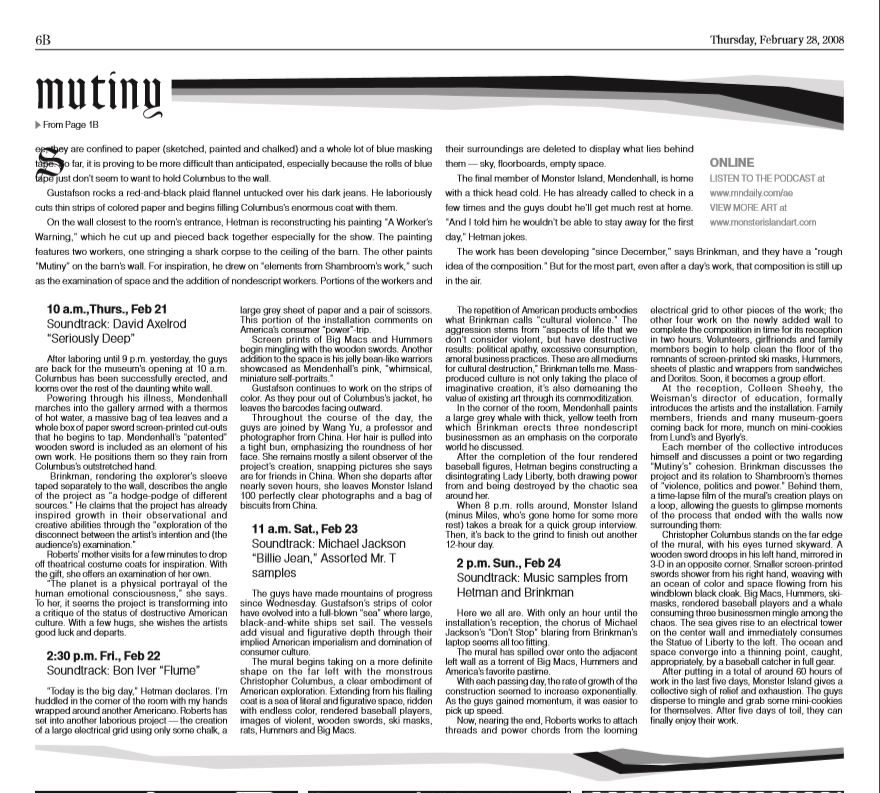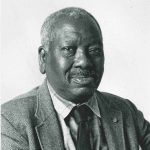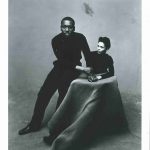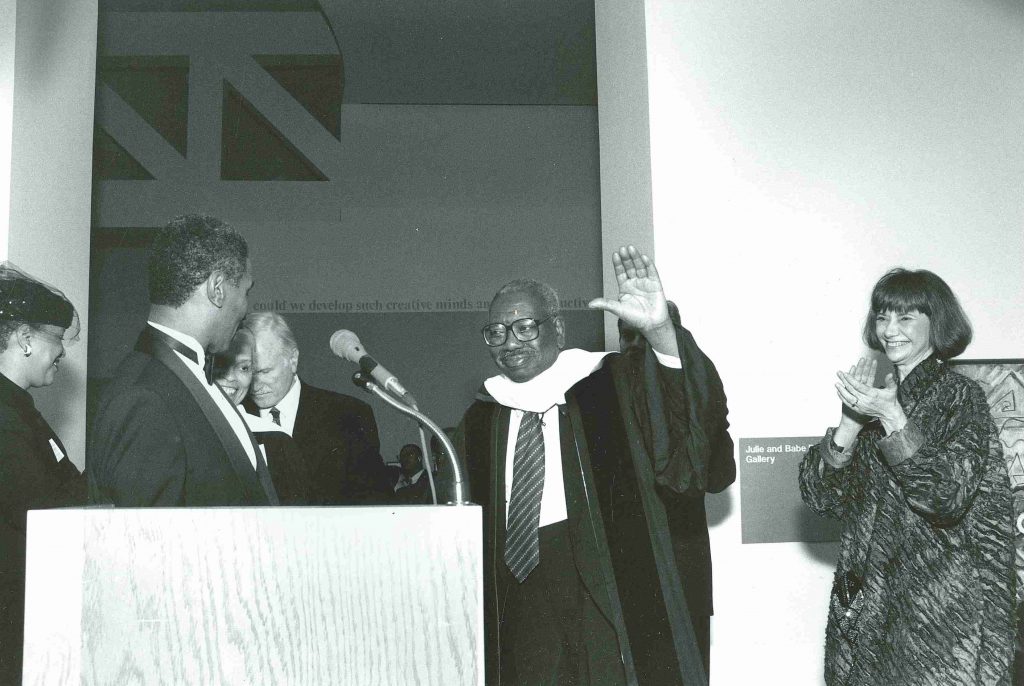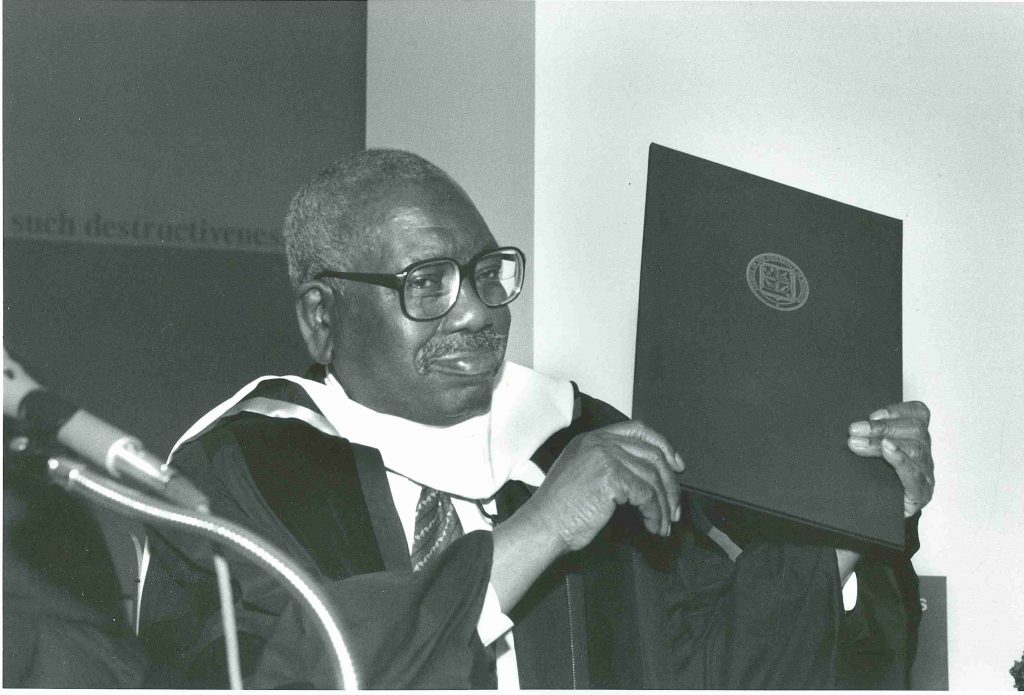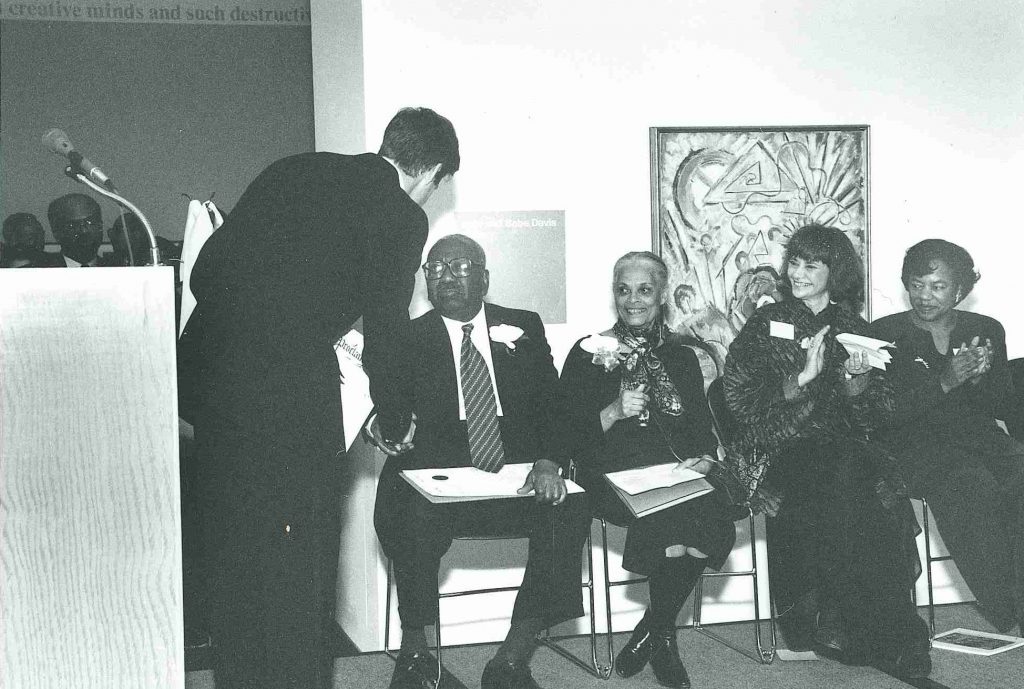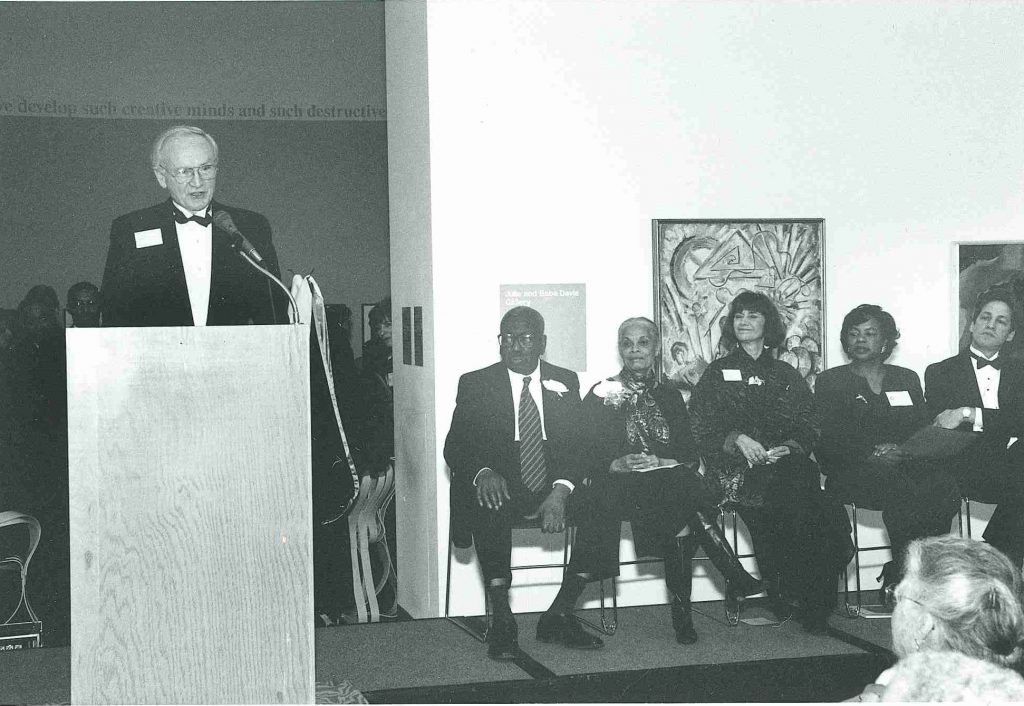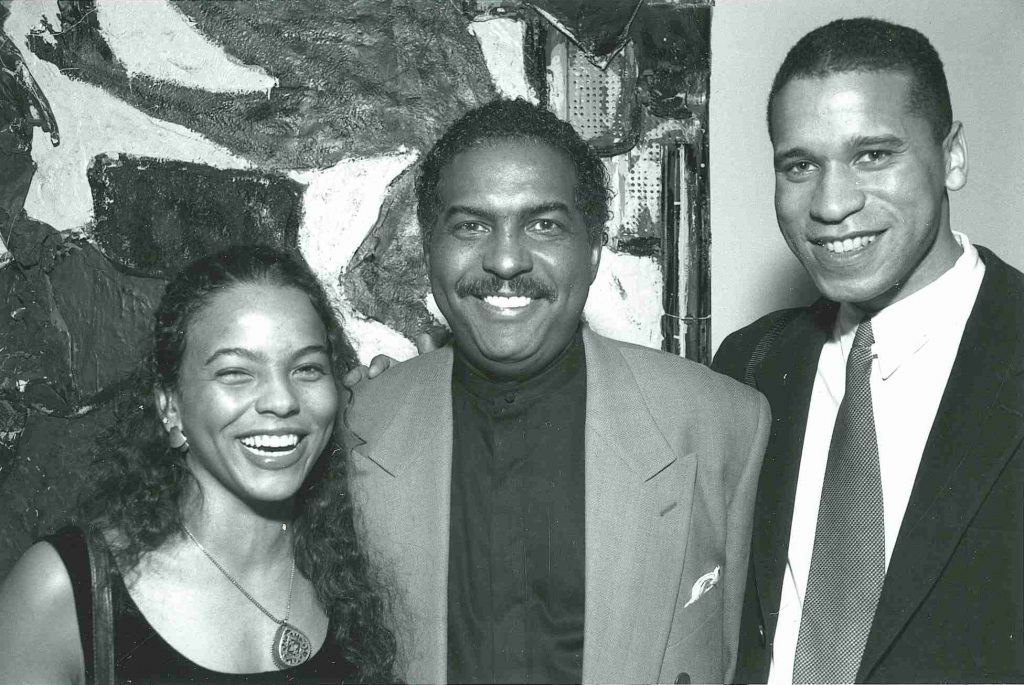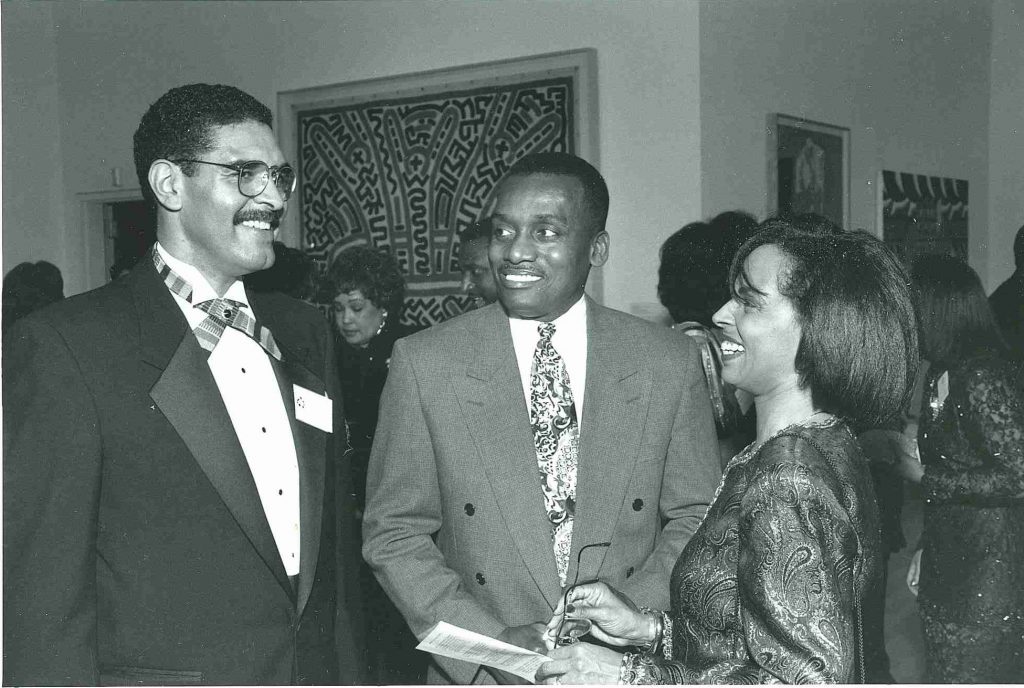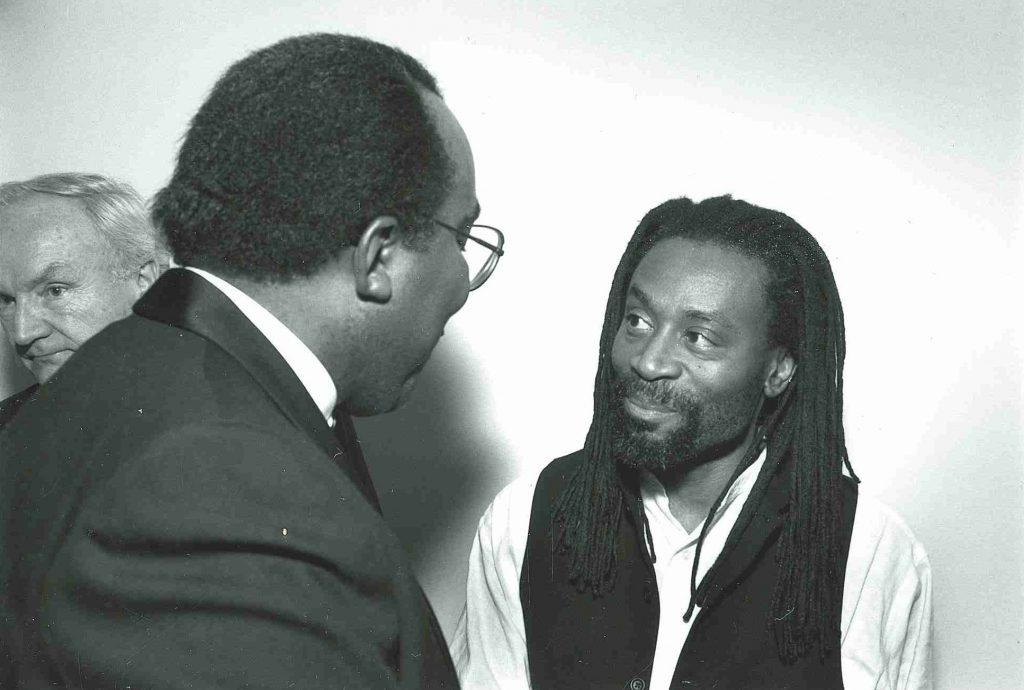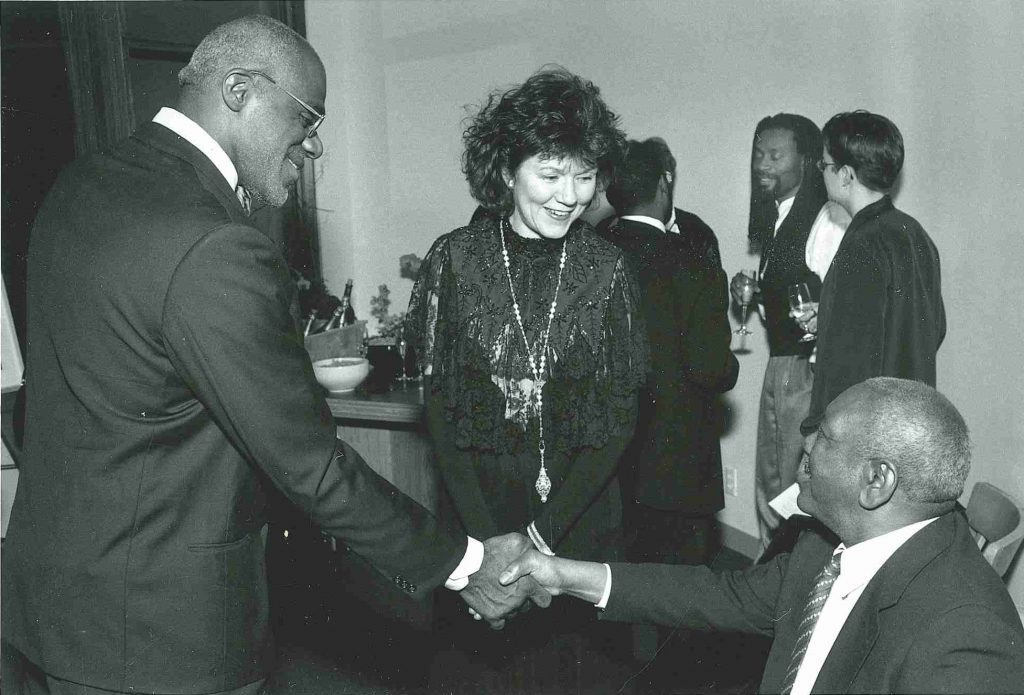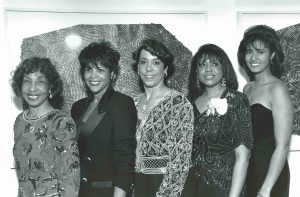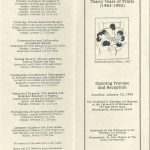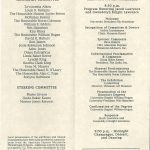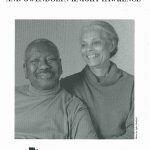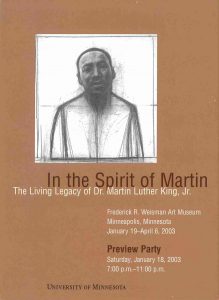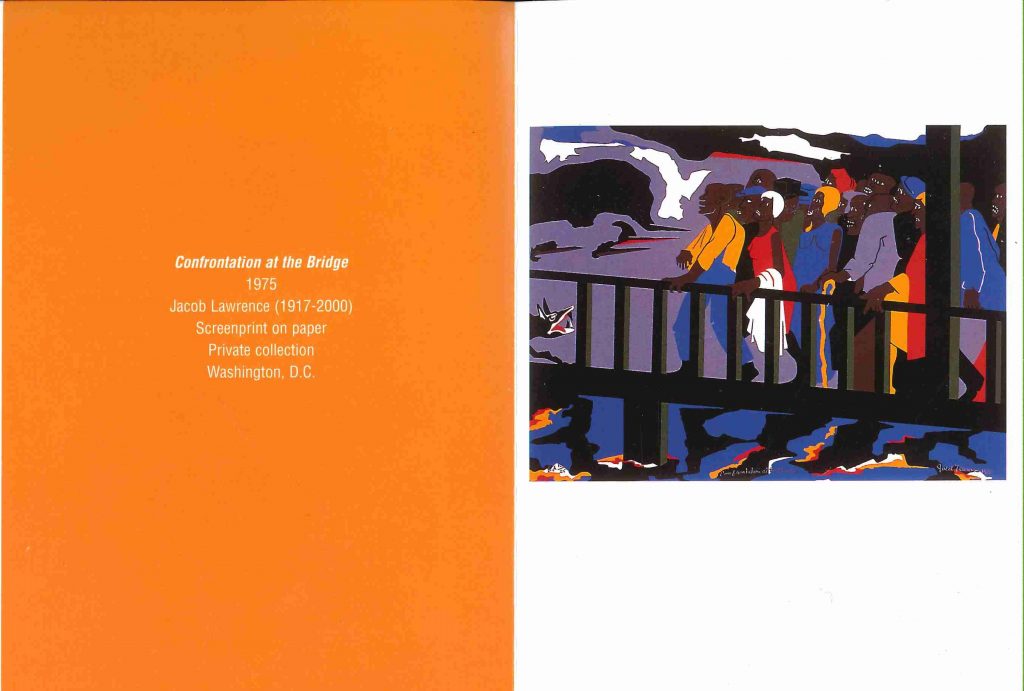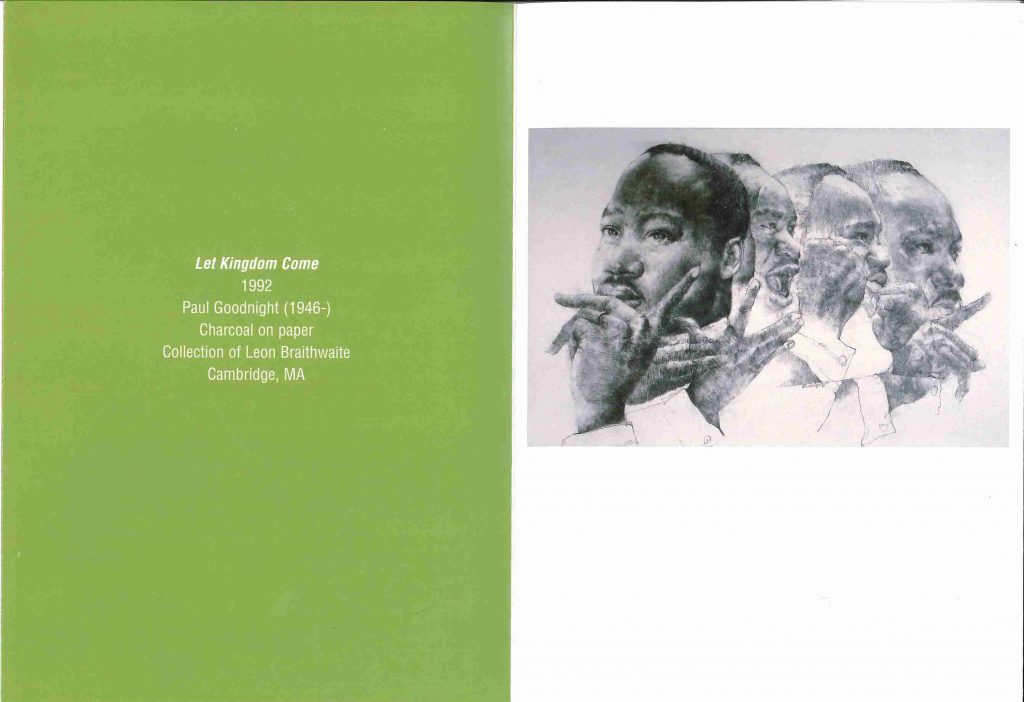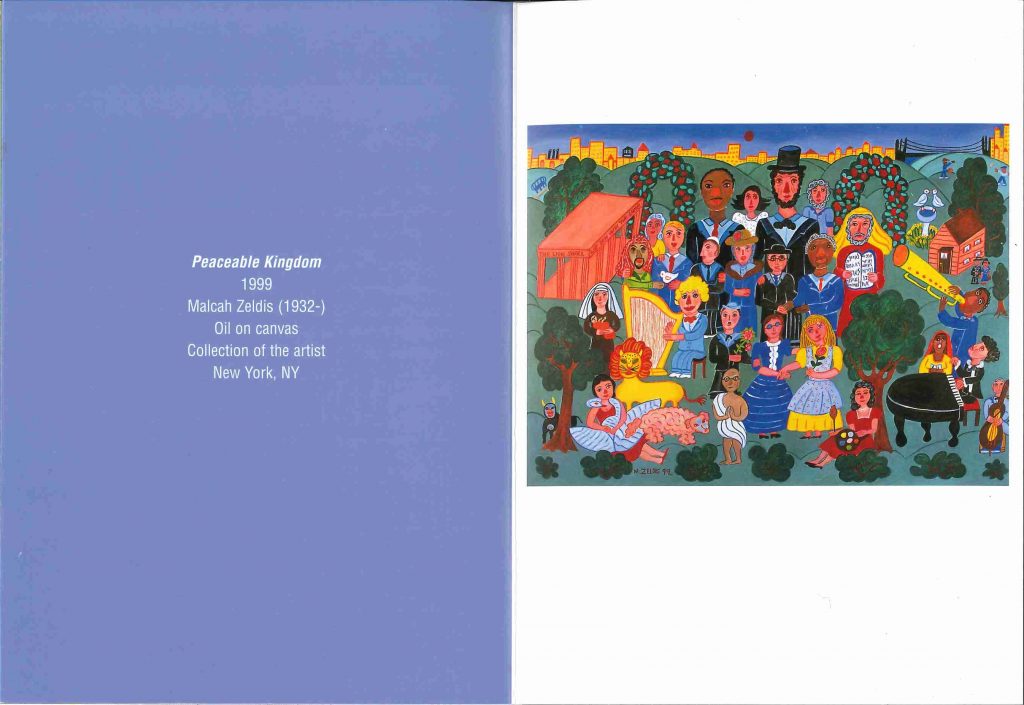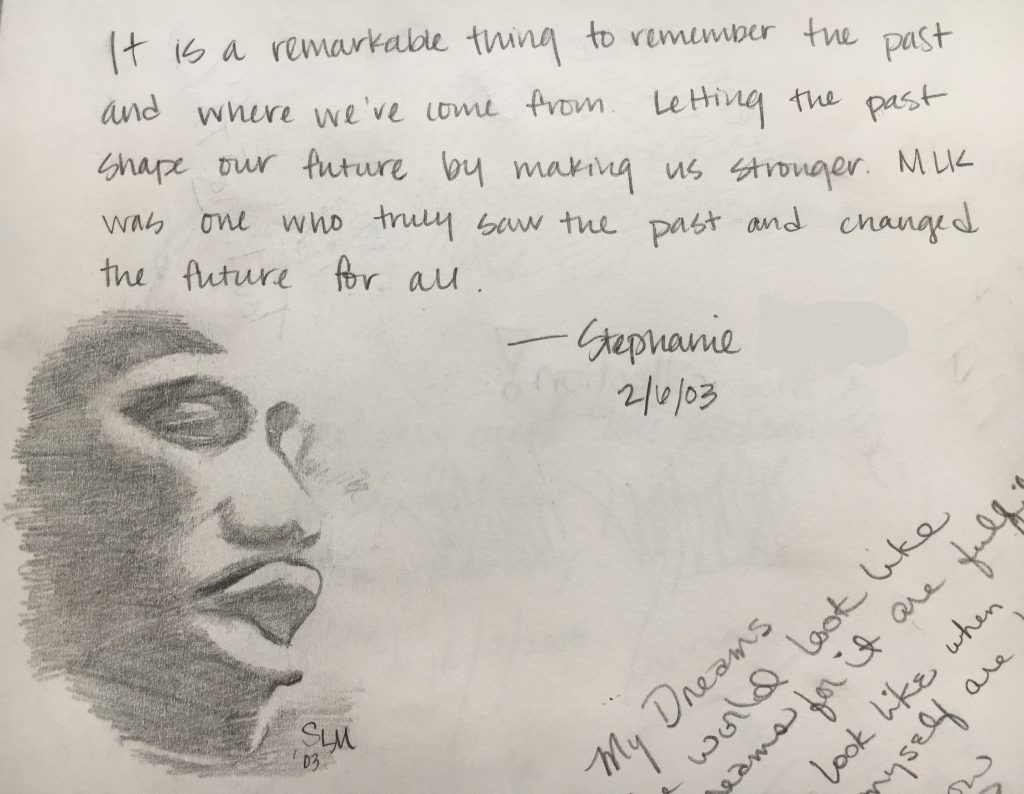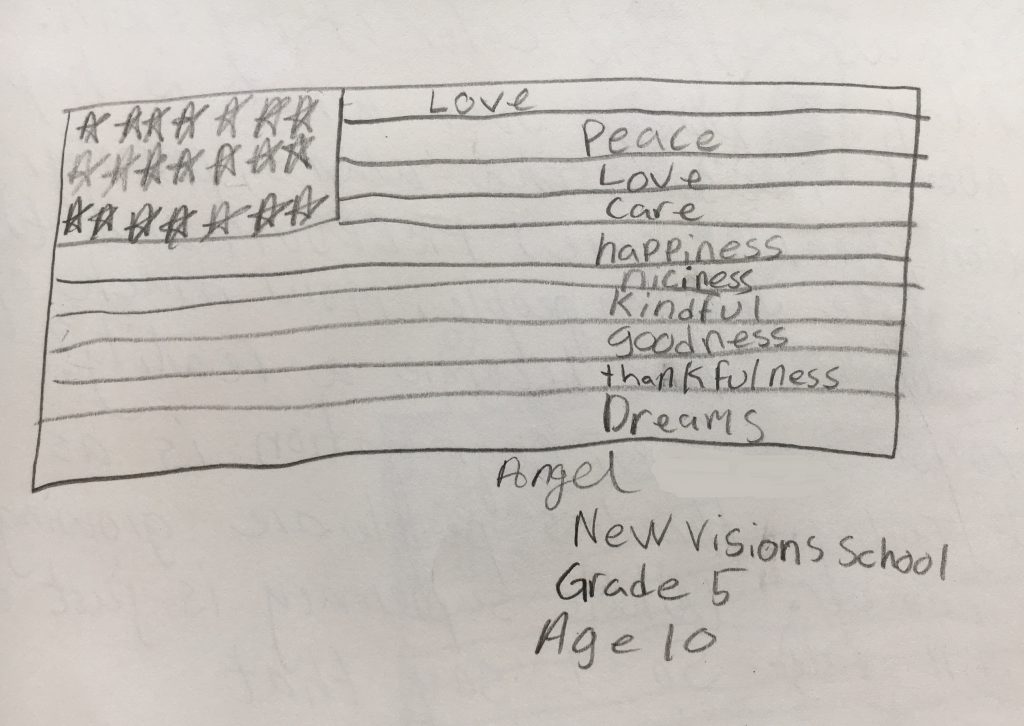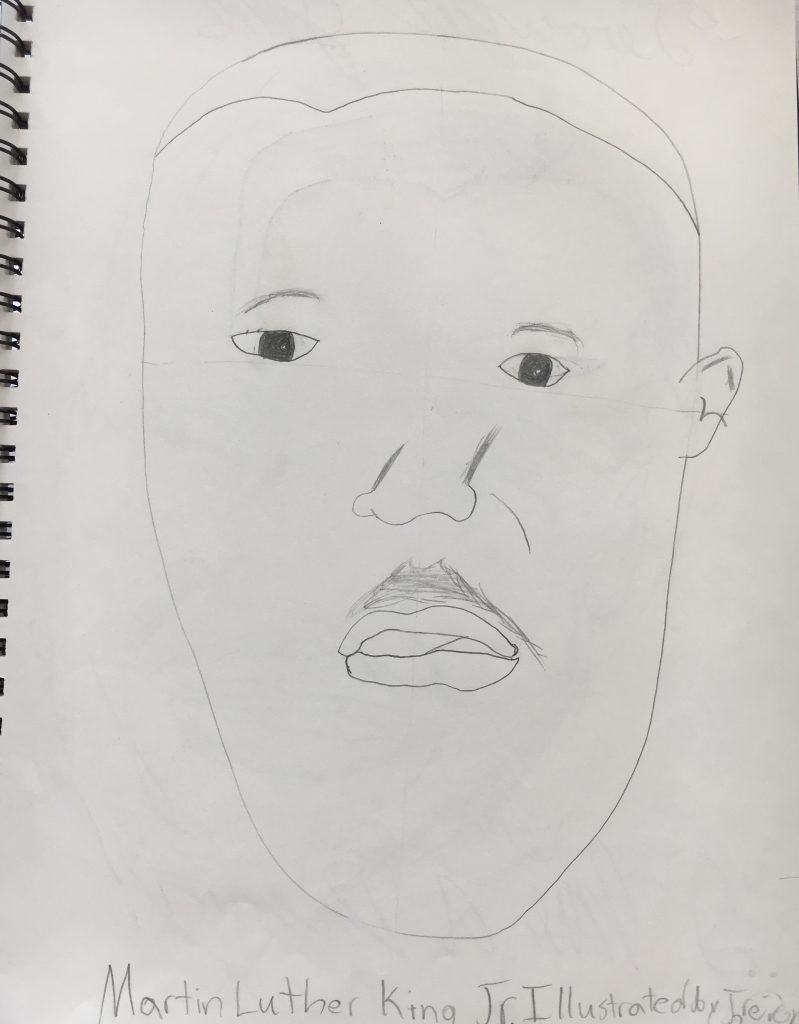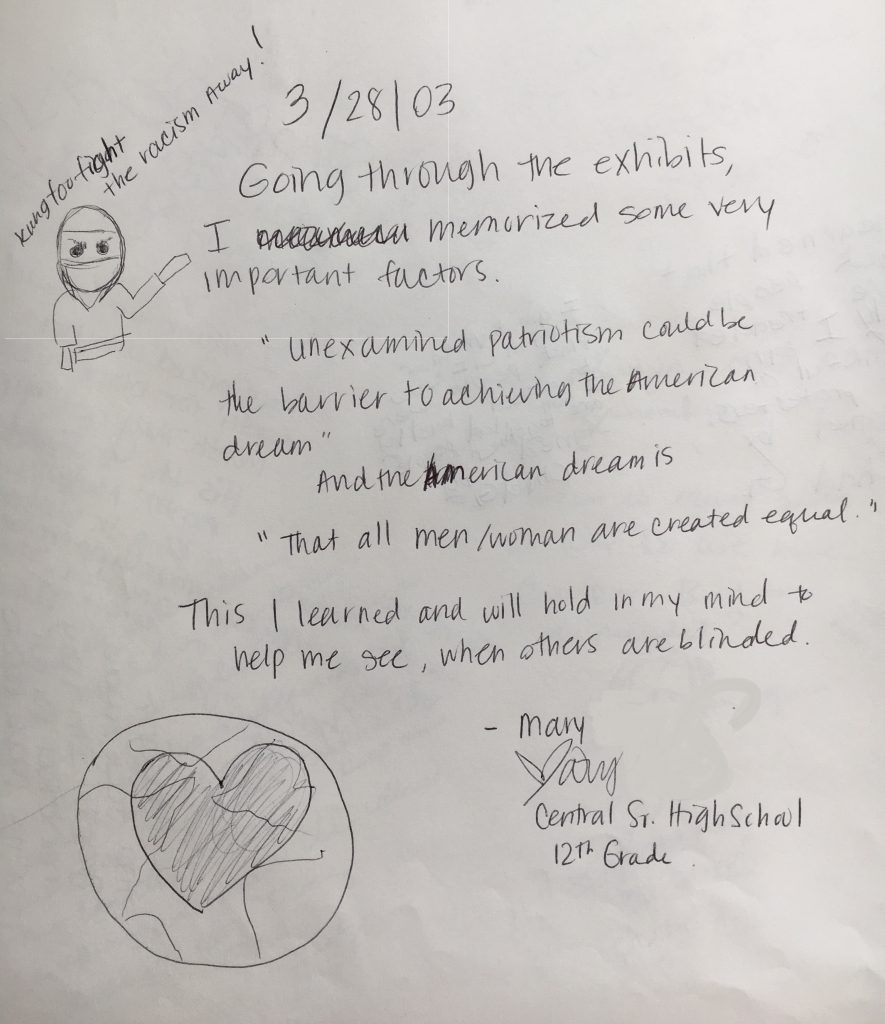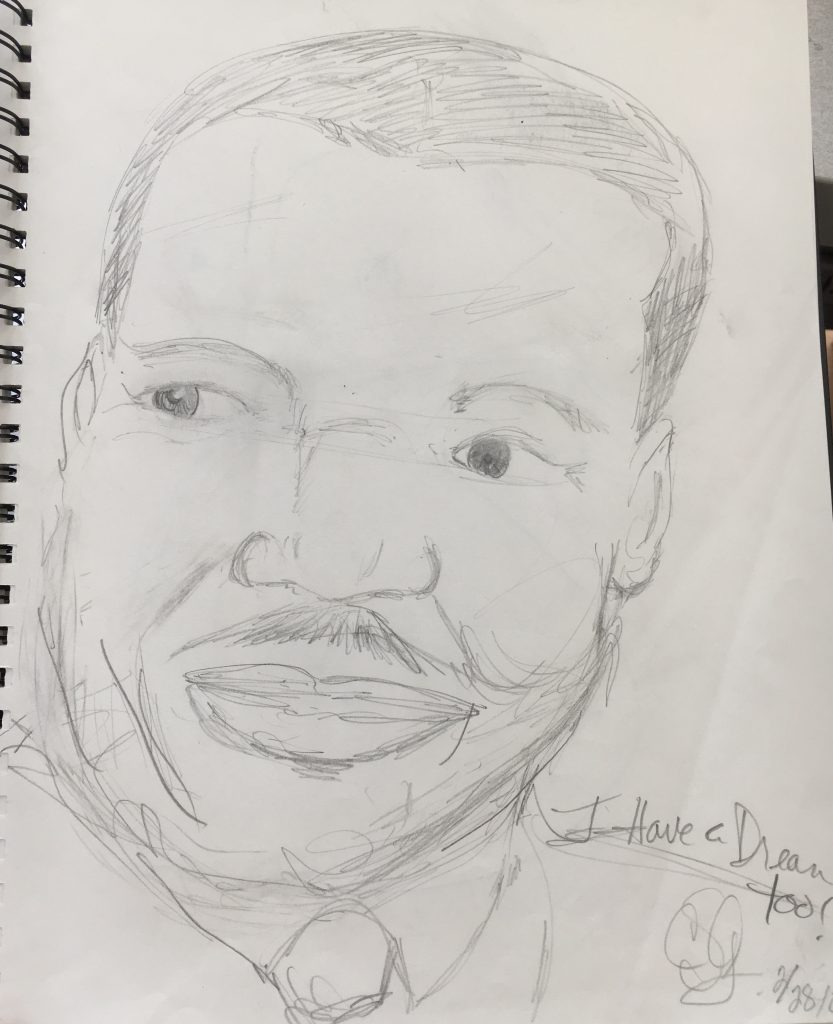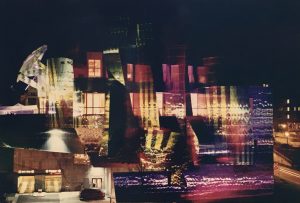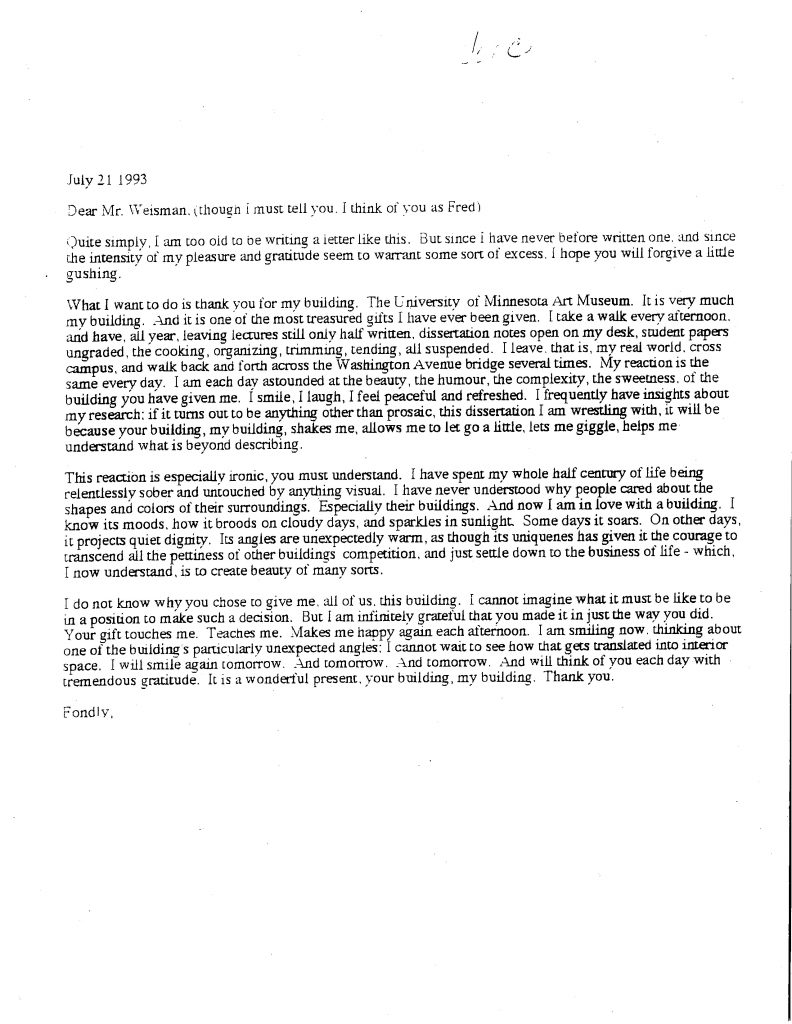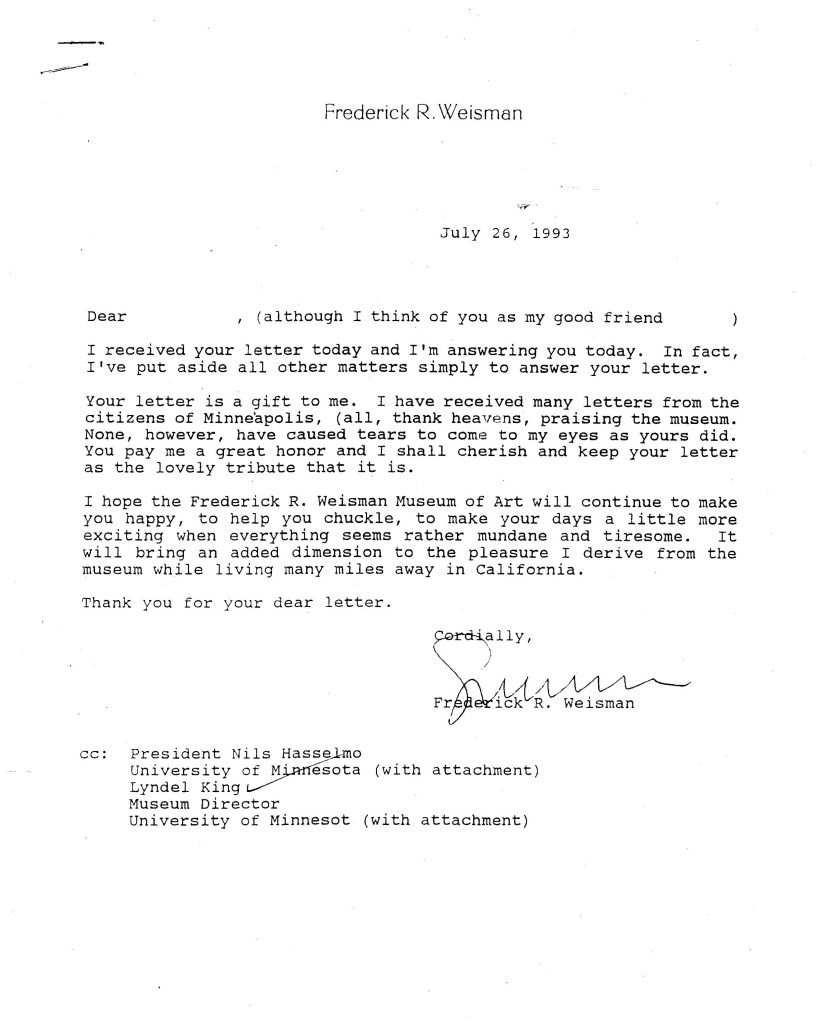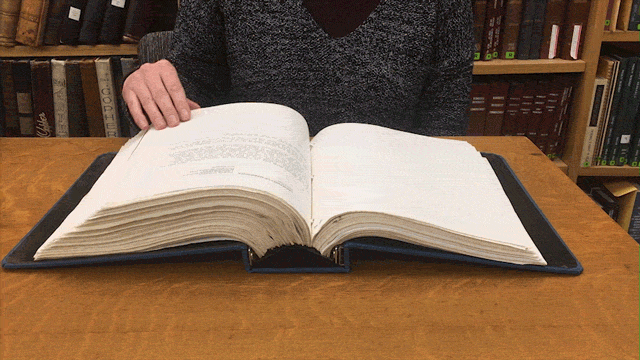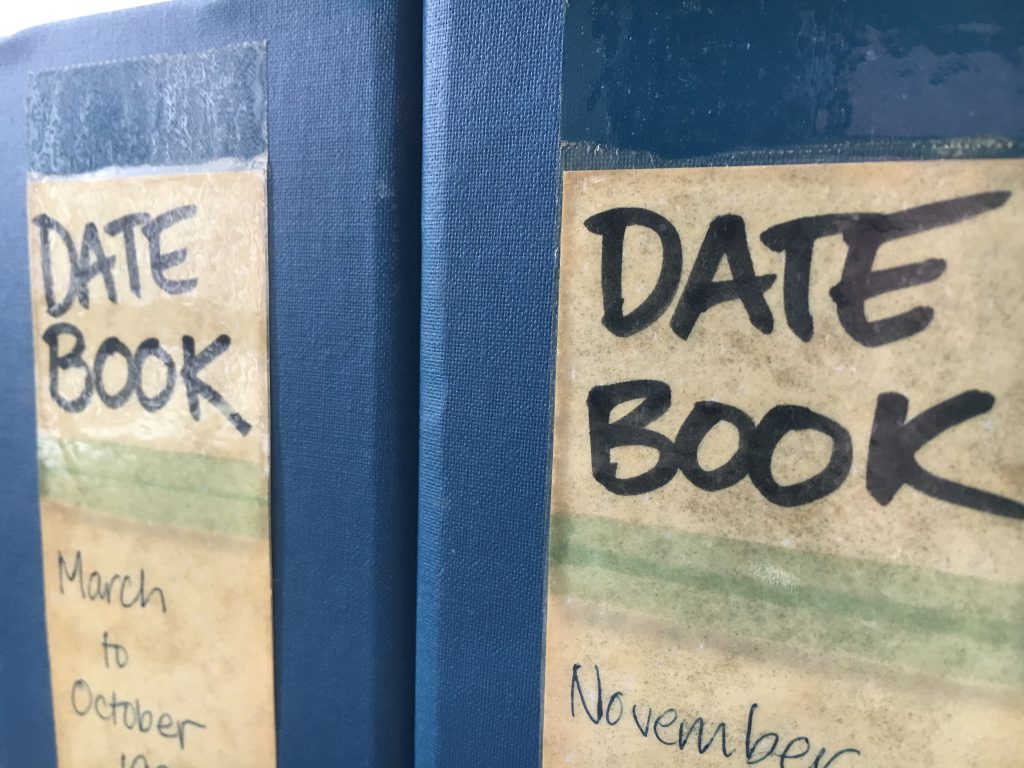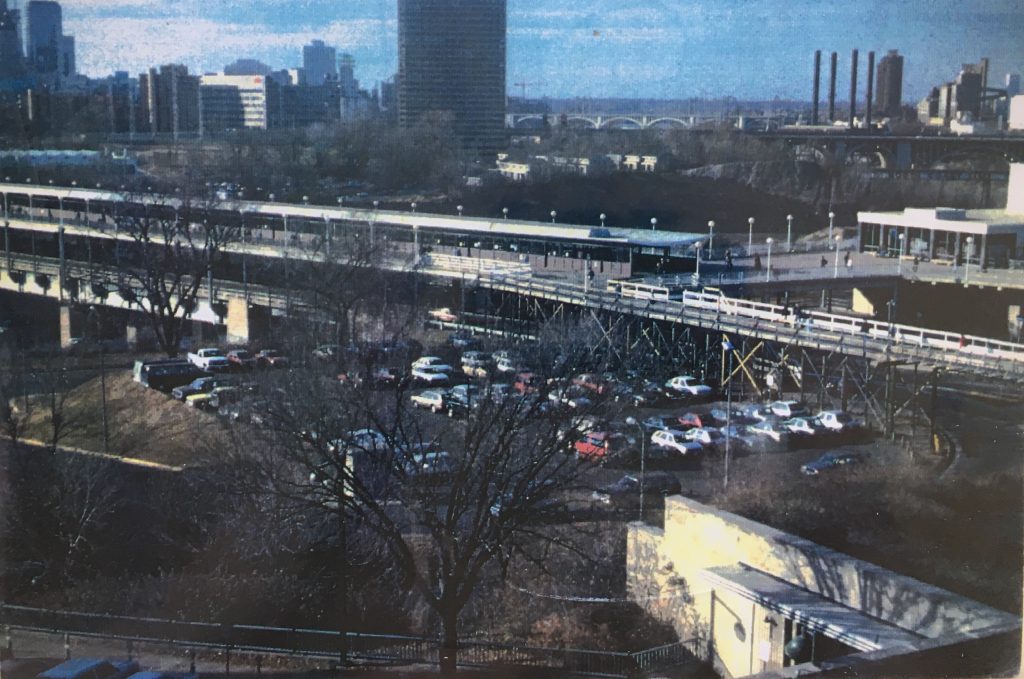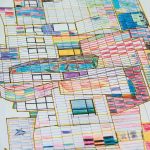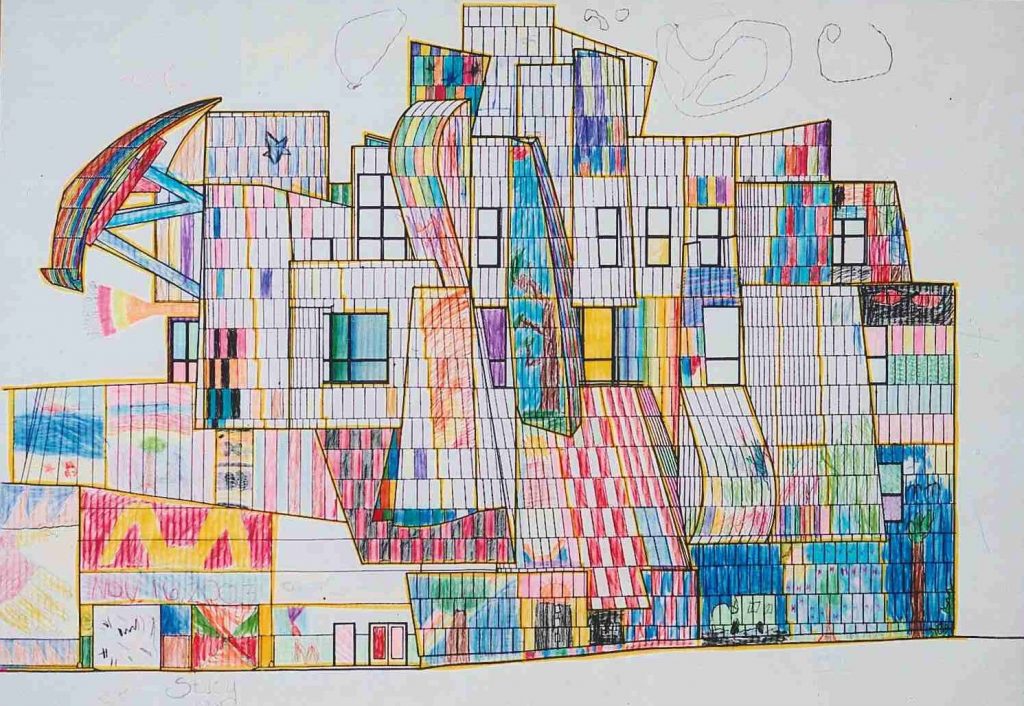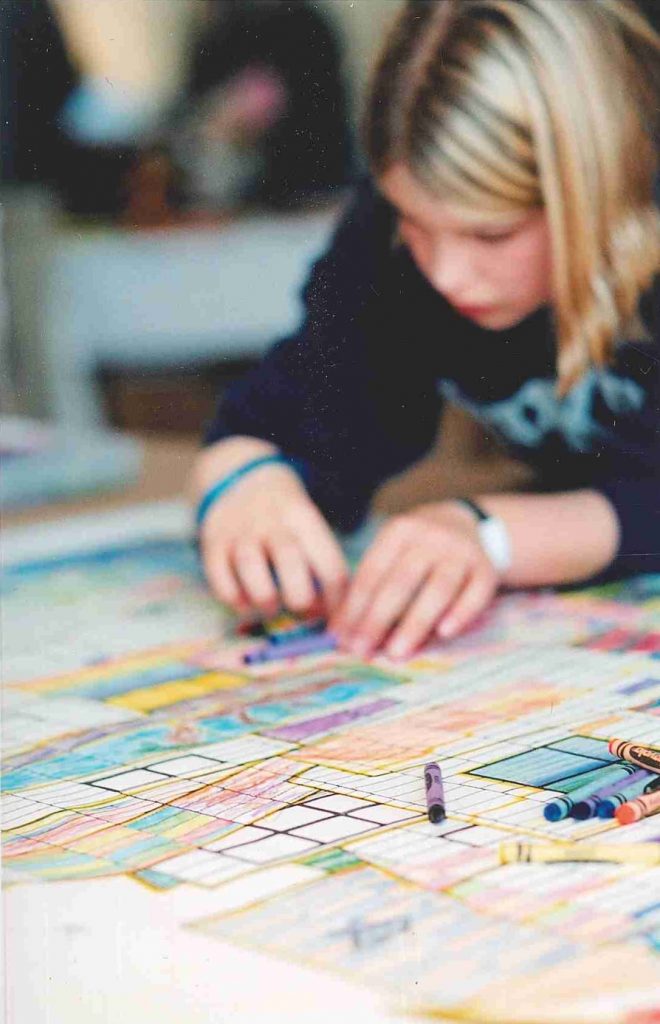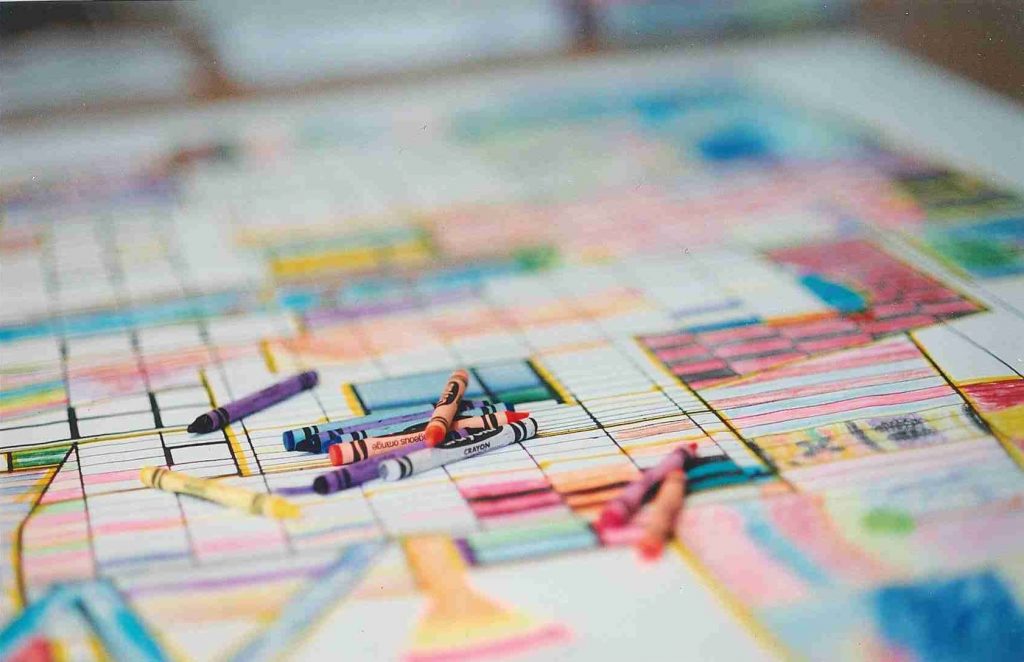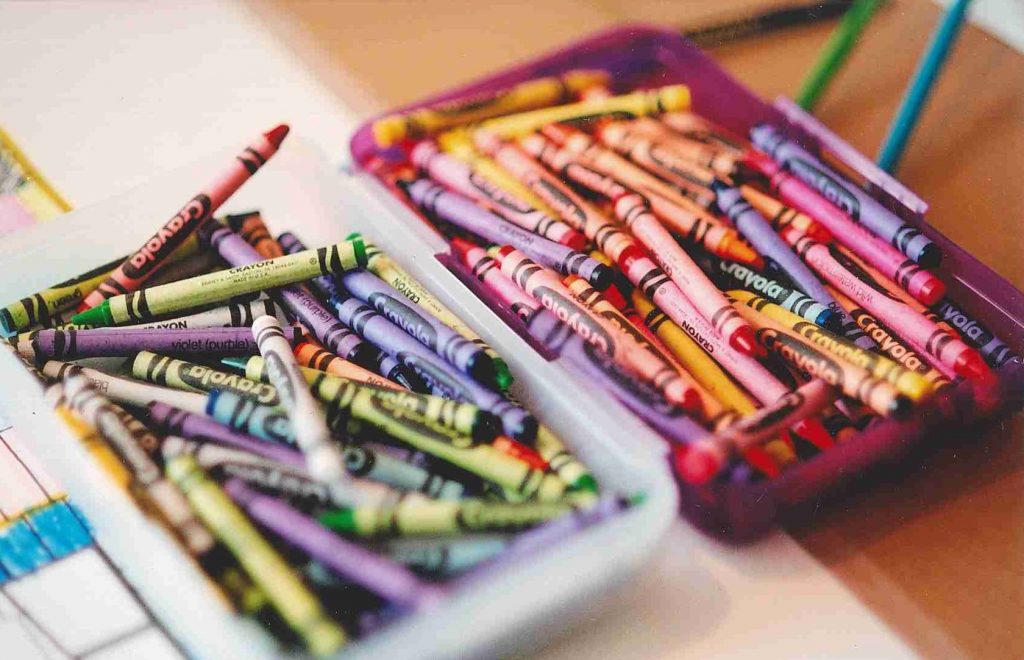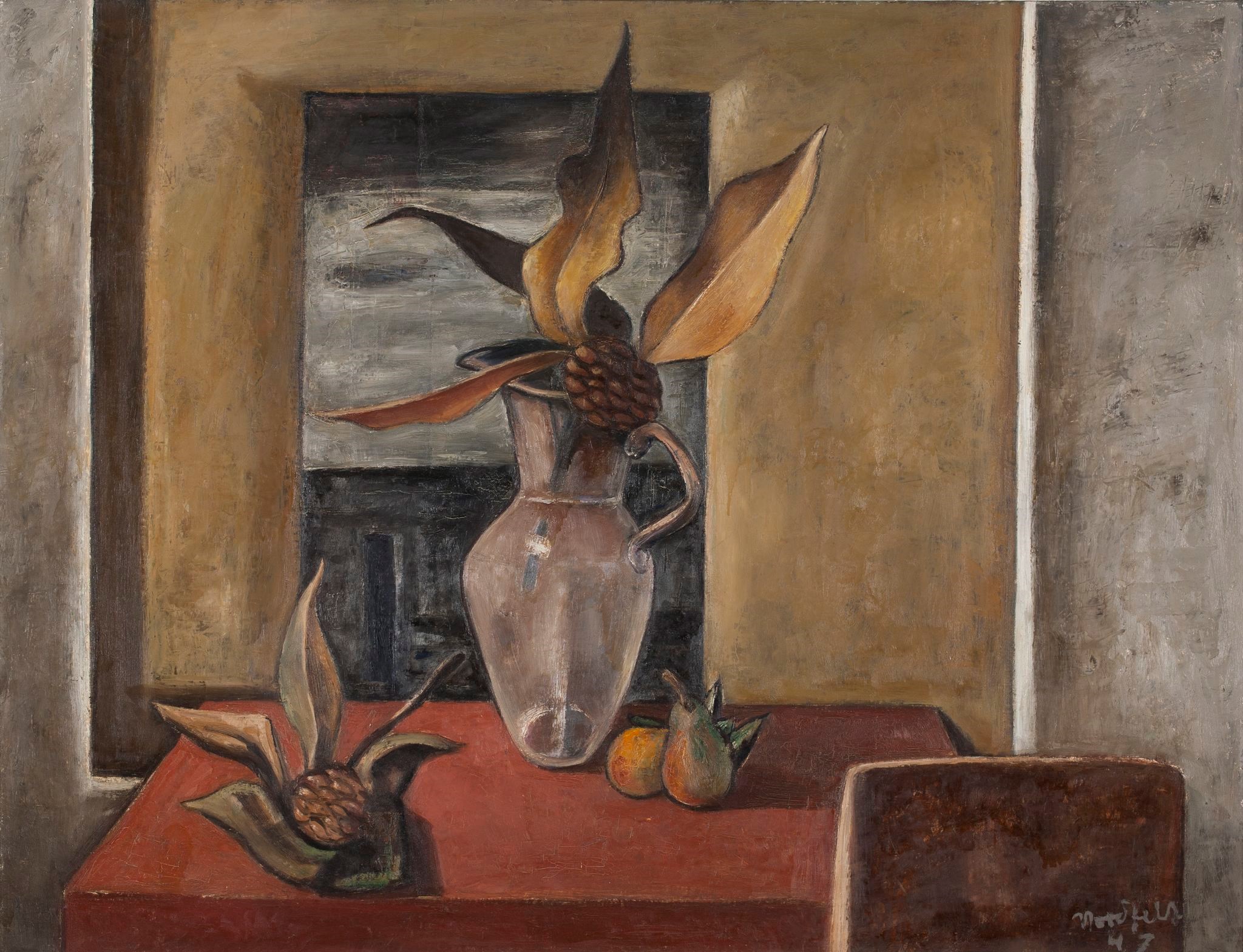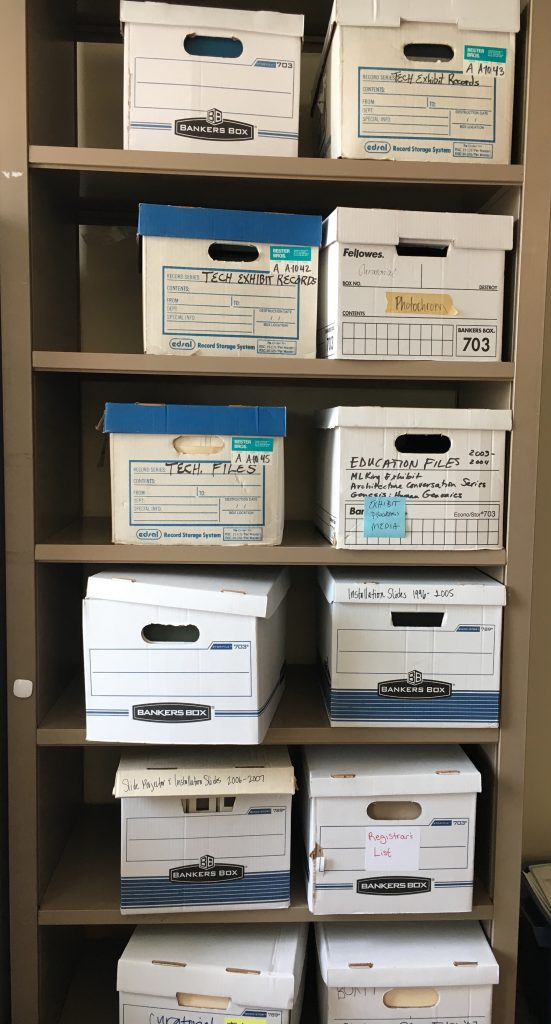“If big things come in small packages, what comes in a 10 pound, seven ounce, brown paper package that measures 2 feet by 2 feet by 5 1/2 inches?
A 10 foot 3 1/2 inch[-tall] 36 foot 2 inch-long life-size poster of a Greyhound bus, what else?”
That was the beginning of an article by Sandee Krupp for an unnamed publication, a clipping of which was found in a University Gallery Press Book from 1969. The photo in this article shows the artwork being unfolded in a hallway in Northrup Auditorium, the former home of the art collection and the University Gallery. The unfolding and refolding of a life-sized screen-printed photomural of a Greyhound bus sounds like happening in itself!
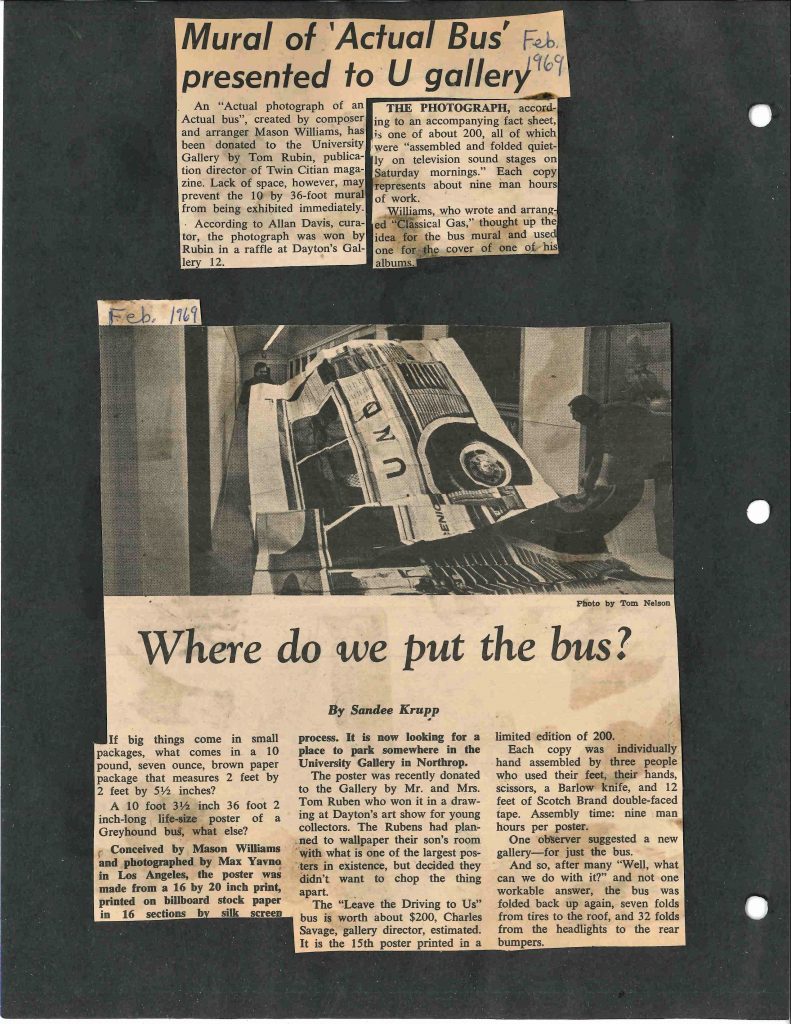
Page from the 1969 Press Book in the Weisman Art Museum archival collection at the University of Minnesota.
This enormous print was conceived by Mason Williams. Williams is known more for his music and the theme song he wrote for the (sometimes controversial) Smothers Brothers Comedy Hour than for his other artistic expressions. One of the Weisman Art Museum’s registrars shared this enlightening document from the object file of Actual Size Photograph of an Actual Size Bus.
120 feet of Scotch brand double-faced tape? Is that archival?!
Krupp’s article ends:
One observer suggested a new gallery–just for the bus.
And so, after many “Well, what can we do with it?” and not one workable answer, the bus was folded back up again, seven folds from tires to roof and 32 folds from headlights to the rear bumpers.
“Seven folds from tires to roof and 32 folds from headlights to the rear bumpers”, it lay safely tucked away in 1969 and waiting for decades to come. It took not just a new gallery but a whole new building for there to be enough space to display this work of art. Seen here, too large to be framed, photographed while on display in the exhibition Reviewing the Real (6/8/2013 to 9/8/2013).

Mason Williams, with photography by Max Yavno, Actual Size Photograph of an Actual Bus, 1967, screenprint on paper, 123-1/2 x 434 in., Collection of the Weisman Art Museum, University of Minnesota, Gift of Mr. and Mrs. Tom Ruben, 1969.30.
And “seven folds from tires to roof and 32 folds from headlights to the rear bumpers”, it lays today, safely tucked away and waiting for the next time.
—Heather Carroll is the processing archivist for the Weisman Art Museum‘s collection at the University of Minnesota Archives. This project was made possible by funds provided by the State of Minnesota from the Arts and Cultural Heritage Fund through the Minnesota Historical Society.
